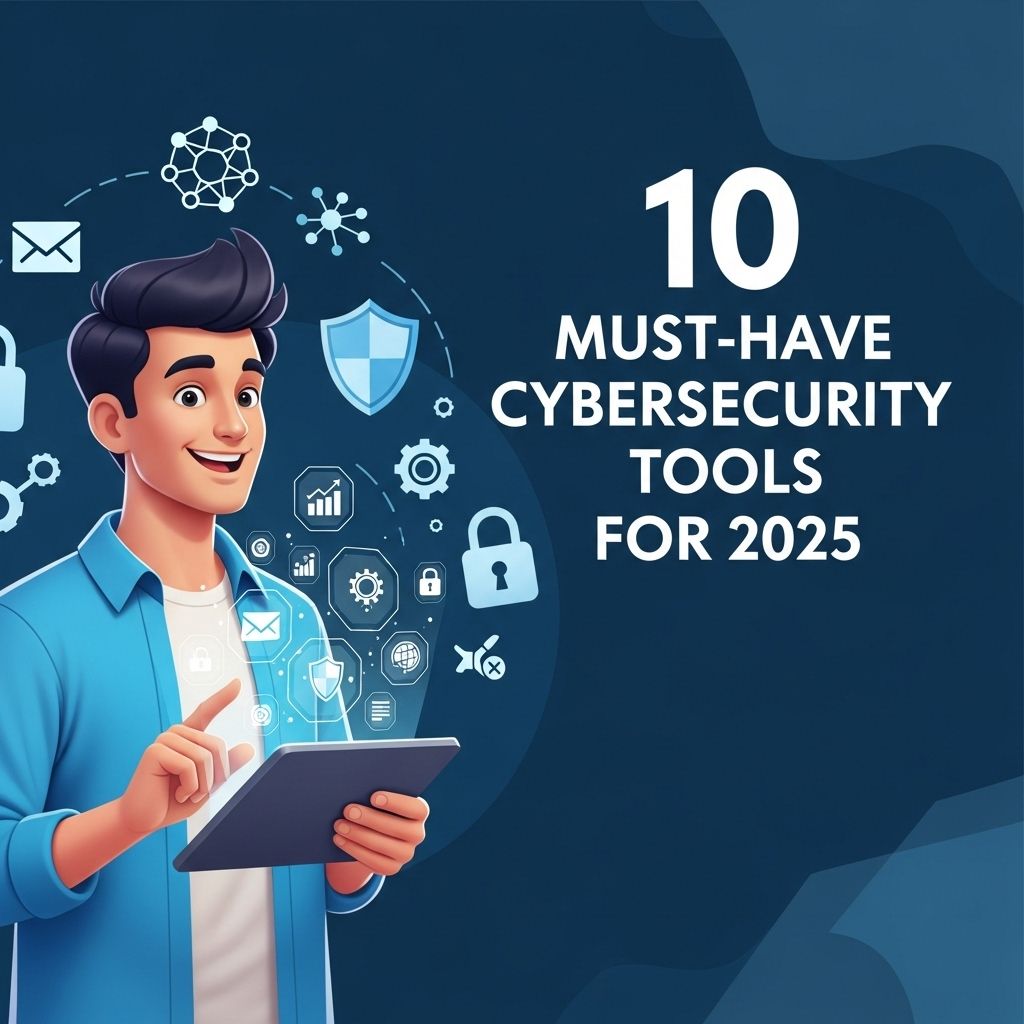As we move further into the digital age, the importance of cybersecurity has never been more pronounced. With the proliferation of IoT devices, cloud computing, and the increasing sophistication of cyber threats, individuals and organizations alike must stay vigilant. In 2025, as cyber threats evolve, so must our strategies for protecting sensitive information. Below are essential tips to bolster your cybersecurity posture in the coming years.
1. Embrace Zero Trust Architecture
Zero Trust is a security model based on the principle of ‘never trust, always verify.’ This approach assumes that threats could be internal or external, and therefore every access request should be authenticated, authorized, and continuously validated. Implementing a Zero Trust framework can significantly reduce the attack surface. Here’s how:
- Segment networks to limit access.
- Implement multi-factor authentication (MFA) for all access points.
- Regularly update and patch systems to mitigate vulnerabilities.
2. Prioritize Employee Training
Your employees are often the first line of defense against cyber threats. Regular training sessions can help them recognize phishing attempts, understand data privacy policies, and follow safe online practices. Consider the following strategies for effective training:
- Conduct regular cybersecurity awareness workshops.
- Distribute newsletters with updates on current threats.
- Simulate phishing attacks to test employee responses.
Training Topics to Cover
| Topic | Description |
|---|---|
| Phishing Awareness | Identifying and avoiding email scams. |
| Password Security | Creating strong, unique passwords and using password managers. |
| Data Protection | Understanding the importance of safeguarding sensitive information. |
3. Implement Robust Encryption
Encryption is a cornerstone of data protection. In 2025, it will be critical to ensure that data at rest and in transit is encrypted to prevent unauthorized access. Here’s a breakdown of where to implement encryption:
- Email Communication: Use end-to-end encryption tools.
- File Storage: Encrypt sensitive documents both on local systems and in the cloud.
- Network Traffic: Use VPNs and TLS (Transport Layer Security) to protect data in transit.
4. Stay Ahead of Software Vulnerabilities
Software vulnerabilities are often exploited by cybercriminals. Keeping software up to date is essential for minimizing risks. Strategies include:
- Regularly update operating systems and applications.
- Use automated tools to scan for vulnerabilities.
- Establish a patch management process to address security updates promptly.
Common Vulnerabilities to Watch For
- Outdated software versions
- Misconfigured security settings
- Unpatched operating systems
5. Secure IoT Devices
The surge in Internet of Things (IoT) devices presents unique challenges in cybersecurity. These devices often lack robust security measures, making them prime targets for attacks. To secure IoT devices:
- Change default passwords and settings immediately.
- Regularly update device firmware.
- Isolate IoT devices on separate networks when possible.
6. Use Advanced Threat Detection Tools
Investing in advanced threat detection tools can significantly enhance your security posture. These tools use machine learning and AI to detect anomalies in network traffic and user behavior. Consider deploying:
- Intrusion Detection Systems (IDS)
- Security Information and Event Management (SIEM) solutions
- Endpoint Detection and Response (EDR) tools
Benefits of Threat Detection Tools
- Early warning of potential breaches
- Automated responses to threats
- Improved compliance with regulations
7. Regularly Backup Your Data
Regular backups are essential for data recovery in the event of a cyber incident. This practice can minimize downtime and data loss. To establish a robust backup strategy:
- Use the 3-2-1 backup rule: three total copies of data, two local but on different devices, and one off-site.
- Test your backups regularly to ensure data integrity.
- Employ cloud storage solutions for additional redundancy.
Backup Verification Checklist
- Ensure all critical data is backed up on schedule.
- Confirm that backups are easily accessible for recovery.
- Monitor backup performance to identify potential issues.
In conclusion, as we approach 2025, the landscape of cybersecurity will continue to evolve, presenting new challenges and opportunities. By adopting the above practices, individuals and organizations can create a robust cybersecurity framework that not only defends against existing threats but also adapts to future risks. Staying proactive in your cybersecurity efforts is essential for safeguarding your digital assets.
FAQ
What are the top cybersecurity tips for 2025?
In 2025, focus on strong password management, enabling two-factor authentication, keeping software updated, using a VPN, recognizing phishing attempts, and educating employees on security best practices.
Why is password management important for cybersecurity?
Password management is crucial because weak or reused passwords can easily be compromised, leading to unauthorized access to sensitive information.
How does two-factor authentication enhance security?
Two-factor authentication adds an extra layer of security by requiring not only a password but also a second form of verification, making it harder for attackers to gain access.
What role does software updates play in cybersecurity?
Regular software updates patch vulnerabilities and enhance security features, protecting systems from known exploits and threats.
What are phishing attempts and how can I recognize them?
Phishing attempts are fraudulent communications that appear to come from a reputable source, often via email. Look for suspicious links, poor grammar, and unexpected requests for sensitive information.
Why is employee education vital for cybersecurity?
Employee education is vital because human error is a leading cause of security breaches. Training staff on security best practices can significantly reduce risks.




